If you’re still sending mass emails, you’re driving your customers into the arms of another brand. Over forty percent of consumers value eCommerce personalization. Forty-four percent of them would consider changing brands if another company did a better job of personalization.
Why, then, are so many marketers still sending them irrelevant messages? Shouldn’t everyone be personalizing their eCommerce email marketing campaigns by now?
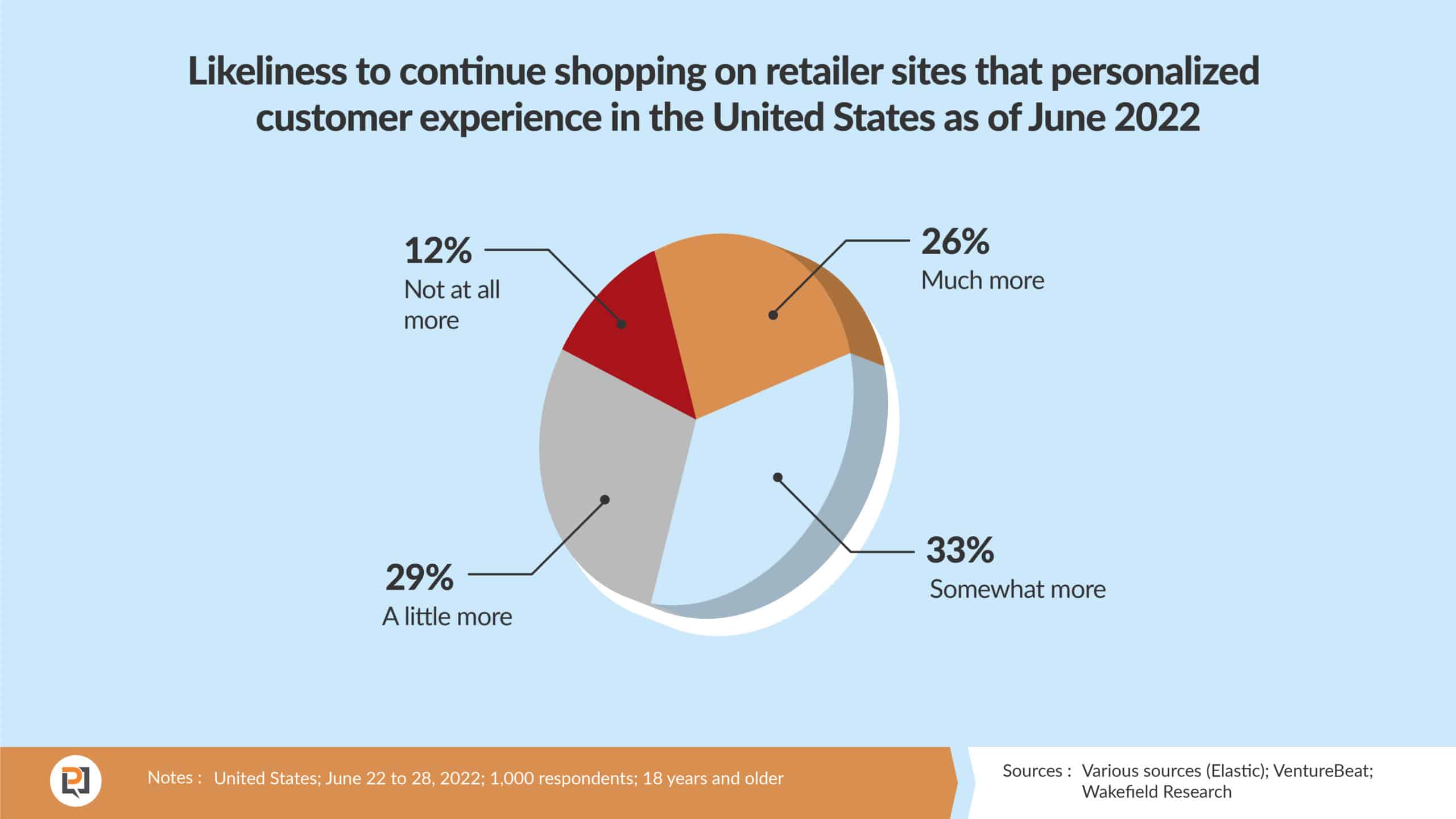
Thanks to advances in technology, personalization software is now affordable for most brands.
What is eCommerce Personalization?
In Advancing E-Commerce Personalization: Process Framework and Case Study, Dr. Maurits Kaptein and Dr. Petri Parvinen define eCommerce personalization as “the act of specifically selecting content, in the sense of Web page or other digital content, for individual customers based on properties of the customer with the goal of increasing business outcomes for an e-commerce platform.”
In other words, eCommerce personalization means showing different content to each customer based on their personal information.
Key points include:
- It helps store achieve better results by providing a better shopping experience for each customer.
- The content could be anything from product recommendations to customized ads.
- The goal is to make the shopping experience more personalized and increase sales for the online store.
Personalization can provide valuable insights into customer behavior and preferences, allowing marketers to make data-driven decisions to optimize their marketing strategies. Overall, eCommerce personalization can be a valuable tool for marketers looking to improve their results and create a better customer experience.
Examples of Personalized Marketing in eCommerce
There are several techniques and technologies used for eCommerce personalization, including:
- Recommender systems. These use algorithms to suggest products to customers based on their previous purchases and browsing history.
- Behavioral targeting. This involves tracking a customer’s behavior on a website and using that information to show them personalized content and advertisements.
- Personalized search. This involves showing customers search results based on their personal preferences and history.
- Personalized product recommendations. This involves showing customers product recommendations based on their personal preferences and history.
- Personalized pricing. This involves offering customers personalized prices based on their personal preferences and history.
- Personalized email marketing. This involves sending customers personalized emails based on their personal preferences and history.
- Personalized push notifications. This involves sending customers personalized push notifications based on their personal preferences and history.
These are just a few examples of the many techniques and technologies that exist for eCommerce personalization. The goal of each of these methods is to create a more personalized shopping experience for customers, leading to increased engagement, loyalty, and sales.
Why Should You Make eCommerce Personalization a Priority?
Over 90 percent of consumers continue to receive unpersonalized marketing content. Why is that?
It’s not because personalization isn’t worth the effort. Twenty-six percent of marketers reported seeing an ROI of three to five dollars for every dollar spent on personalized campaigns—nine percent saw a return of over twenty dollars.
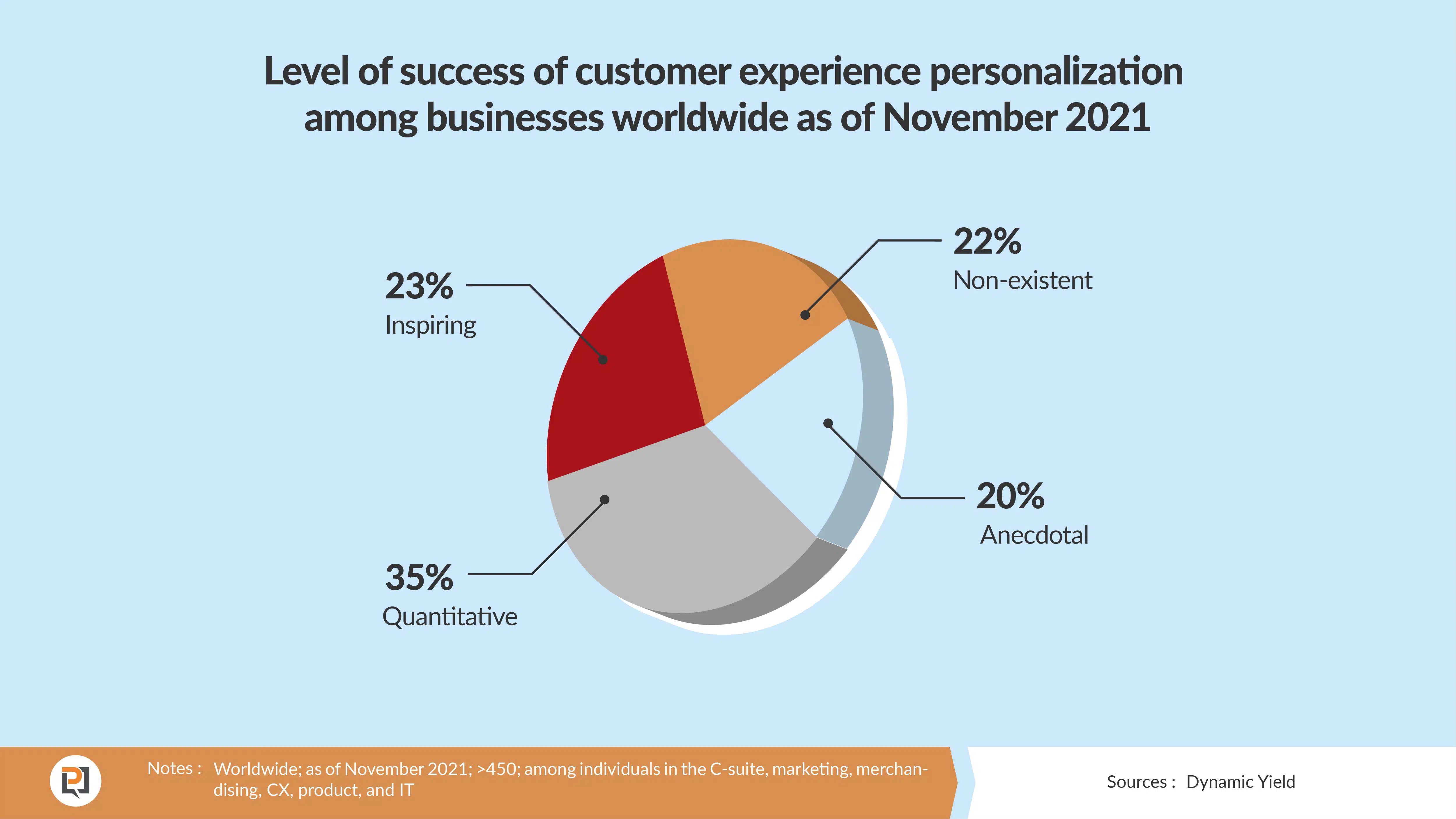
It’s not because marketers fail to understand the importance of personalized marketing communication either; forty-three percent said it’s the number one thing they need to do to improve the performance of their email marketing campaigns.
No, the reason behind the failure to personalize is a lack of data. Marketers know personalization is critical to eCommerce success, but thirty-nine percent don’t have the data they need to do it.
Do you?
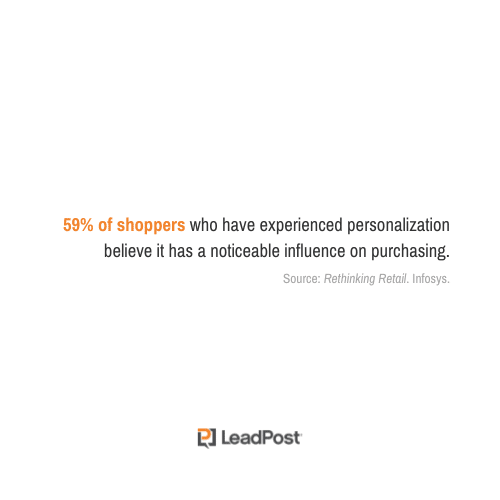
Why is Shopper Data So Hard to Collect?
How could it be that almost forty percent of marketers are short on data? Isn’t this the age of Big Data?
It is, but Big Data offers no aid to marketers that seek to improve their eCommerce personalization efforts. It can uncover patterns and trends. But Big Data’s large datasets are anonymized and therefore less helpful for personalization unless you can afford the technology necessary to act on its insights through machine learning and automation.
What about all of their customer data? Doesn’t every eCommerce retailer have a trove of data in their CRM?
Yes, the customer data is there, but as of the third quarter of 2020, the average conversion rate for eCommerce stores was down to 2.06% (a decrease of almost 10% compared to the previous quarter). Of course, that’s not the only way to collect data.
But, while stores can build their email list with good email acquisition tactics, it’s unlikely that they’ll turn over much information when they’re not making a purchase. The average web form contains five fields, and, in general, the fewer fields included, the better the conversion rate.
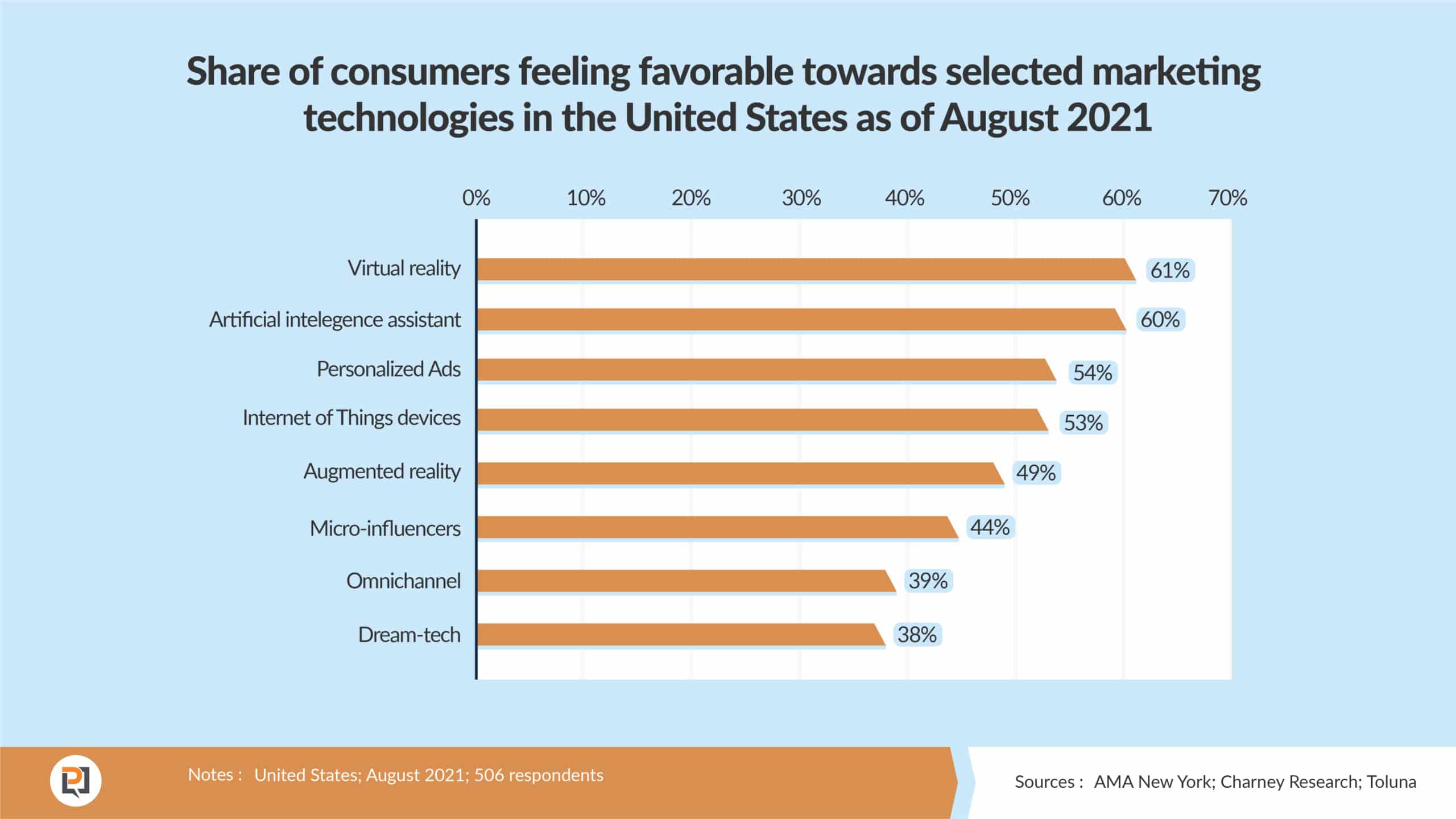
How Can You Collect the Data You Need When Visitors Don’t Convert?
There is, however, an easier approach to B2C lead generation for eCommerce and other industries. It’s called website visitor identification, and the name says it all.
Website visitor identification technology relies on a short script placed on a website to match up to forty percent of the site’s visitors with their name, mailing address, email, and other data. This software facilitates better personalization by providing invaluable details like:
- Automotive data. This data can be used to target customers with specific car brands or models, and to offer them personalized product recommendations or promotions for products related to their specific vehicles.
- Household income range. This data can be used to target customers with offers and promotions based on their budget and financial situation. For example, a customer with a high household income may be more likely to be interested in luxury products, while a customer with a lower household income may be more price-sensitive.
- Age range. This data can be used to target customers with age-specific promotions and product recommendations. For example, an older customer may be more interested in retirement planning products, while a younger customer may be more interested in tech gadgets.
- Education level. This data can be used to target customers with educational materials, product recommendations, and promotions that align with their interests and knowledge level.
- Gender. This data can be used to target customers with gender-specific promotions and product recommendations. For example, a customer who is male may be more interested in products related to sports or fitness, while a customer who is female may be more interested in products related to fashion and beauty.
- Homeowner status. This data can be used to target customers with offers and promotions for home-related products, such as home improvement products, furniture, and appliances.
- Length of residence range. This data can be used to target customers who have lived in their current location for a certain amount of time. For example, a customer who has recently moved to a new area may be more interested in products related to settling into their new home.
- Net worth range. This data can be used to target customers with offers and promotions based on their financial status. For example, a customer with a high net worth may be more interested in investment products, while a customer with a lower net worth may be more price-sensitive.
- Marital status. This data can be used to target customers with offers and promotions based on their family status. For example, a customer who is married may be more interested in family-related products, while a customer who is single may be more interested in products related to their personal interests.
- Presence of children. This data can be used to target customers with offers and promotions for products related to parenting and family life.
By using this data to create personalized marketing campaigns, eCommerce marketers can improve the relevance and effectiveness of their marketing efforts and increase the likelihood of generating positive results.
Once the data is collected, the marketer owns it. The visitor can then receive personalized emails and direct mail instead of the unpersonalized messages they’re used to.
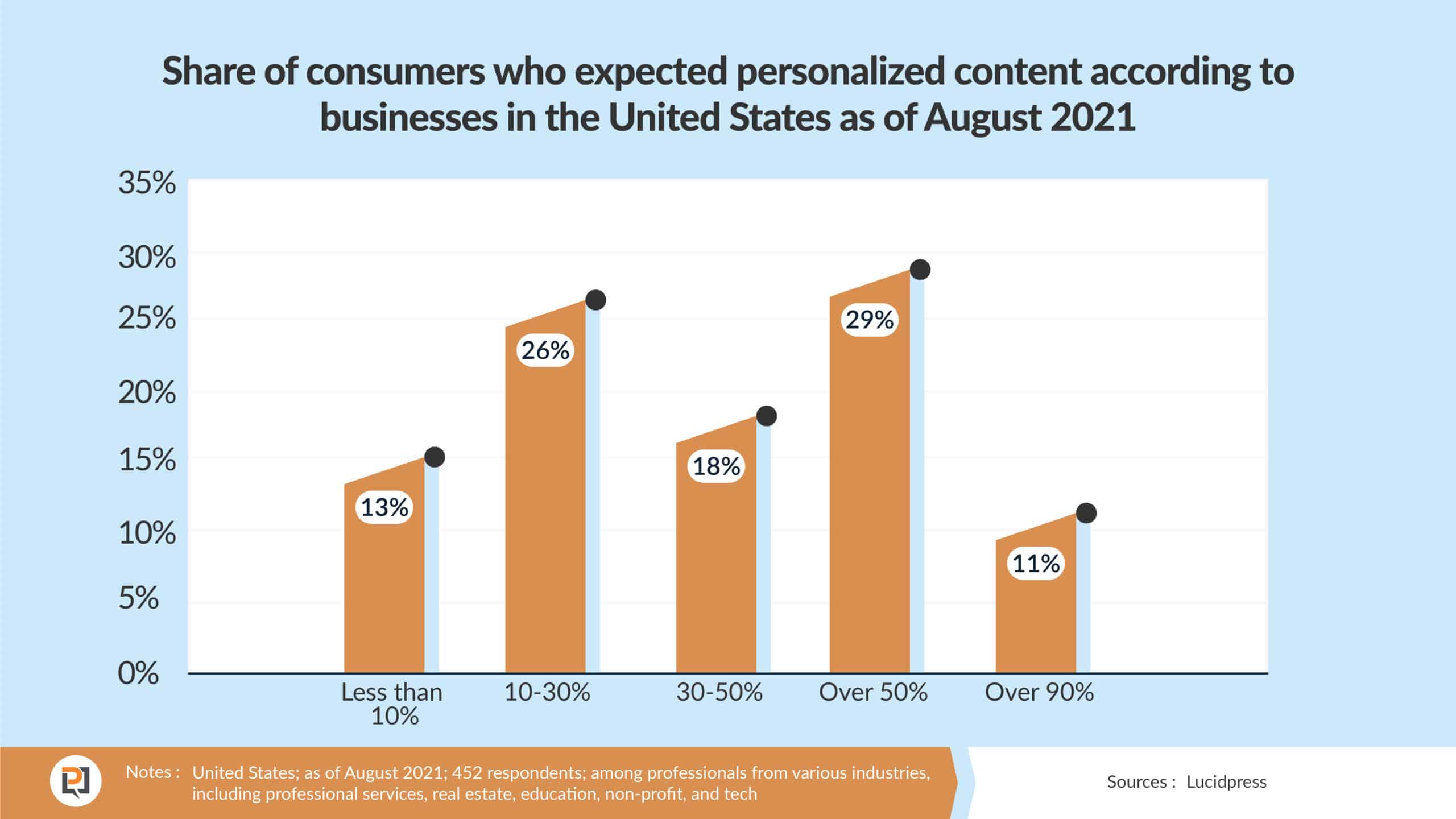
Does Website Visitor Identification Work?
The latest research makes it clear that eCommerce personalization is effective, but this technology that facilitates the process is new. The best way to determine whether it will work for your company is to try it.
Running a test will show whether the match rate is as high as promised and whether the data quality is good.
There are platforms that only charge you when they match a record and don’t require a contract. Right now, you can get 125 free records to begin experimenting, so there’s never been a better time to take personalization to the next level.
